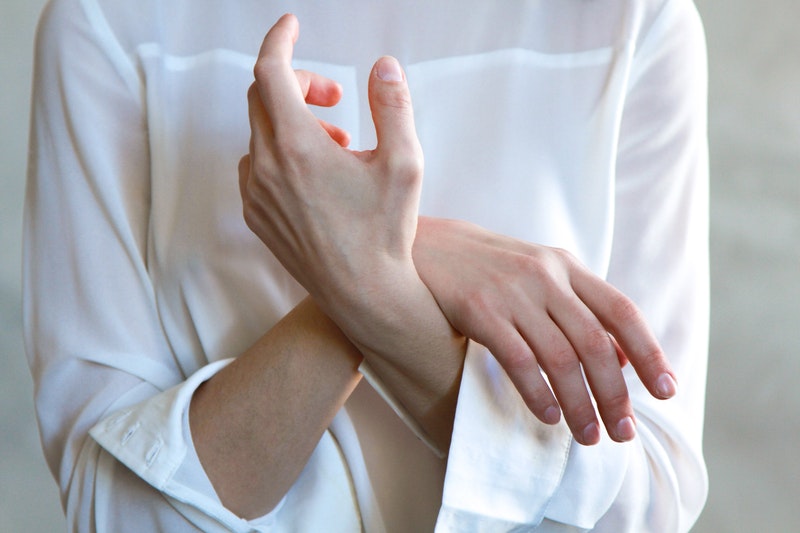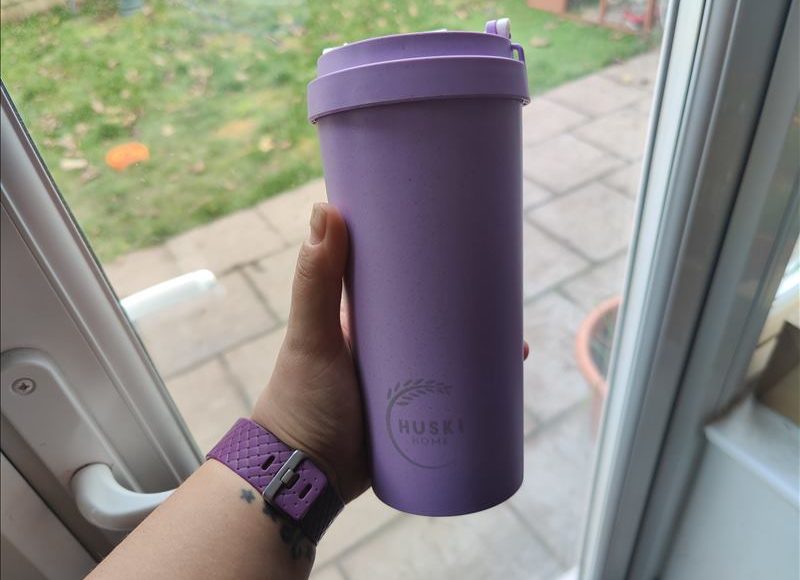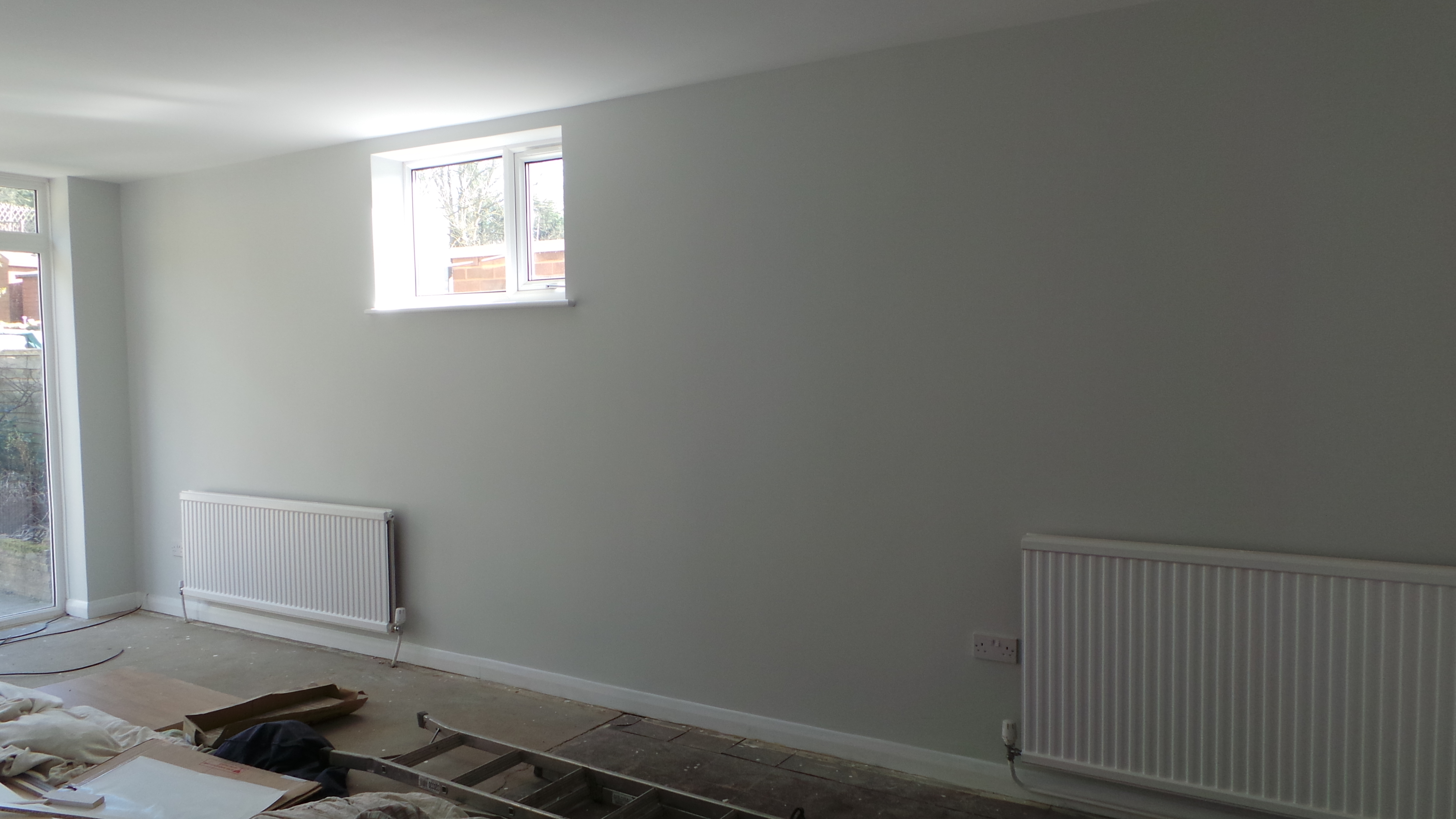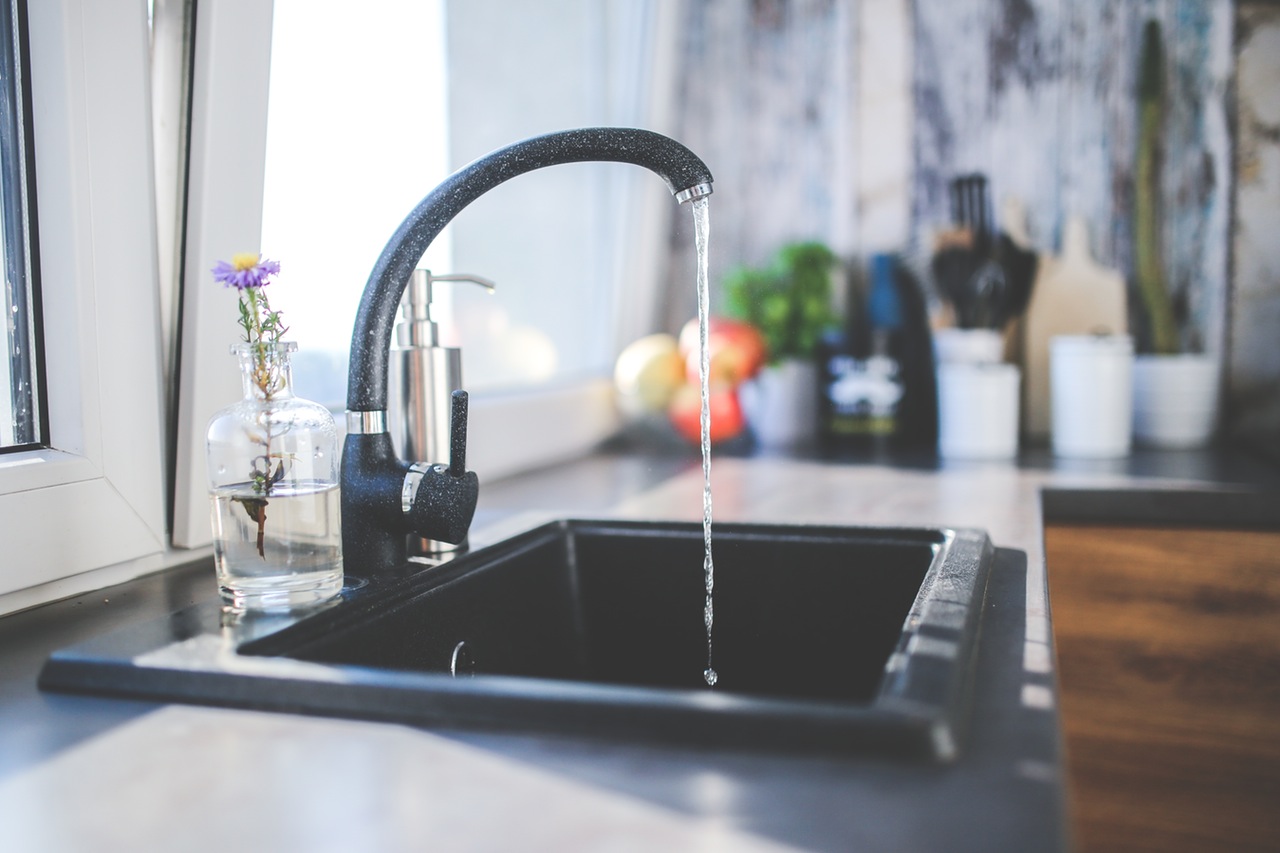How to Treat Painful Plantar Warts Effectively

Yet another type of wart caused by the virus HPV is the painful plantar wart and with summer just around the corner in the northern hemisphere, you or your children are more likely to pick up this virus, and the discomfort and pain that follows.
Plantar warts are caused by the particular strains numbered 1, 2 and 4 which means that they were the very first of the warts family to be identified, named and numbered. Each person’s immune system responds differently to HPV, so not everyone who comes in contact with the virus develops warts. Even people in the same family react to the virus differently.
Nevertheless, for a healthier all round adult or child, it is wise to boost your immune system to give maximum protection from viruses and germs alike. Although the HPV strains that cause plantar warts are not easily transmitted by direct contact from one person to another, the virus does thrive in warm, moist environments — such as shower floors, locker rooms and public swimming areas. So it is always safer not to walk barefoot in such places.
How Does HPV Enter the Skin?
- Cracks in dry skin.
- Cuts or scrapes or.
- Wet, softened, fragile skin particularly from prolonged water exposure.
When there is such direct contact with the HPV virus, through a point of entry, plantar warts can result and this strain of virus actually differs from other warts by growing inwards. There is thickening and damage to your skin followed by the appearance of plantar warts. Fortunately, these warts are non-cancerous growths which form round areas of rough skin with a dry crusty surface and tiny black dots deep inside but as they grow, they can become very painful as pressure is applied to them.
Some people believe that these tiny black dots are “roots” or “seeds” but this is just a myth as they are actually just dried up capillary blood vessels. It does not take long for a plantar wart to become flattened and painful from the pressure of walking – rather like walking on a small stone.
Identifying Plantar Warts
If you are not sure whether you have a plantar wart (as they can sometimes be confused with a callus) just squeeze the lesion between your fingers as if pinching. If this action is painful, you can be 100% certain that you have a plantar wart that you need to treat.
Different Treatment Options
- Use an over-the-counter salicylic acid preparation available at the pharmacy in liquid, gel, pad or ointment form.
- Be sure to follow package directions because over-application of these products can burn the skin.
- Periodically sand and re-treat the wart. It can take several months to get rid of a large one using these treatments.
- Warts can spread, so monitor your feet closely and treat warts when they are small. Soak the affected area in warm water for five minutes before applying the salicylic acid. This will enhance the effects of the medication.
- Remove any loose tissue with a brush, washcloth or emery board and dry thoroughly. It is also important to file away as much of the overlying callus tissue as possible so that the medication can penetrate the wart properly. The prolonged use of this medication is not recommended, especially in infants, people with diabetes or others with circulation problems.
- A commercial preparation containing about 17% salicylic acid and 17% lactic acid in a fast-drying solution can be applied daily after showering. The preparation is allowed to dry and the wart covered with waterproof tape, which is removed after the next shower or bath.
- You can parse the wart once a week with a sharp blade (or a family member can do it for you) but it may take many months to clear the wart with this method.
- Duct tape is another treatment approach where any color duct tape is applied to the wart, which is kept covered 24 hours a day, six out of seven days a week, for six weeks.
- You can pay a visit to your doctor for the plantar wart to be cut out.
- A plantar warts home remedy such as H-Warts Formula is available online for you to treat your plantar warts safely and successfully at home. The surface of the plantar wart is treated and the root structure is eliminated so there is no regrowth, no burning, no pain and no scarring.
While you are applying a plantar warts treatment, you might like to use a special pad or doughnut-shaped piece of moleskin around the wart, available from a drugstore, to relieve any pressure and pain from the wart.
This is particularly useful in the case of children who would still want to run around, play sport and live their normal life in spite of the plantar wart under the foot. Although they are considered non cancerous growths, in very rare instances if left for years and years plantar warts could become cancerous.For many reasons, it is best to carry out that plantar warts treatment as quickly as you can.





